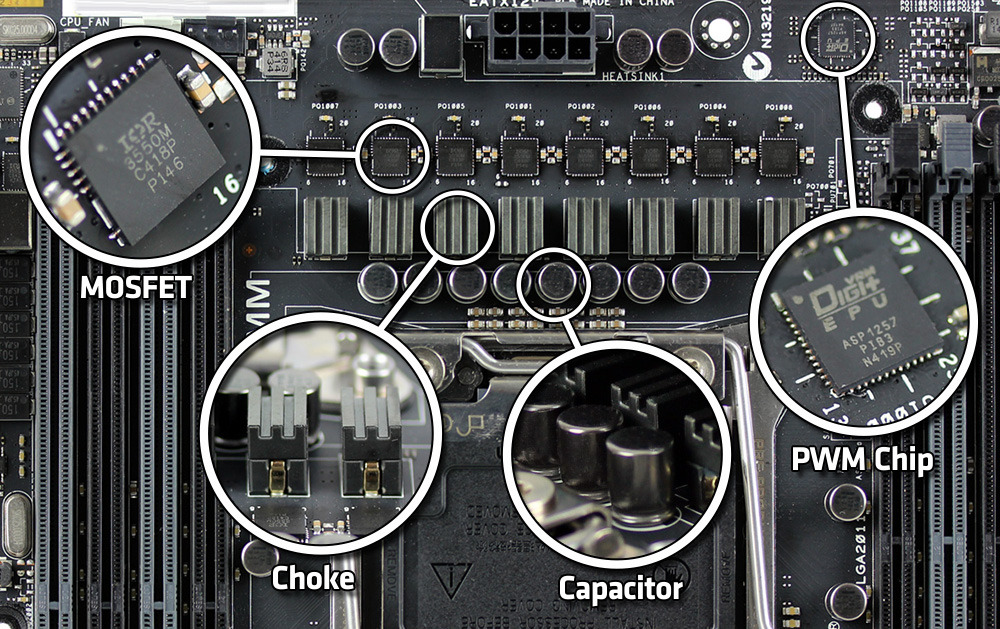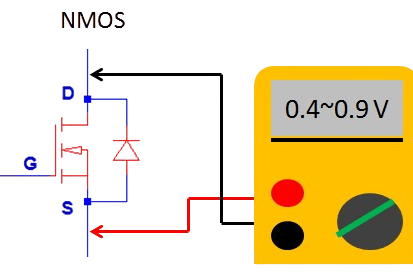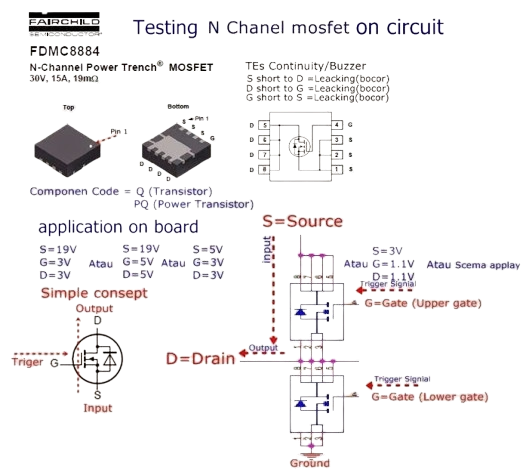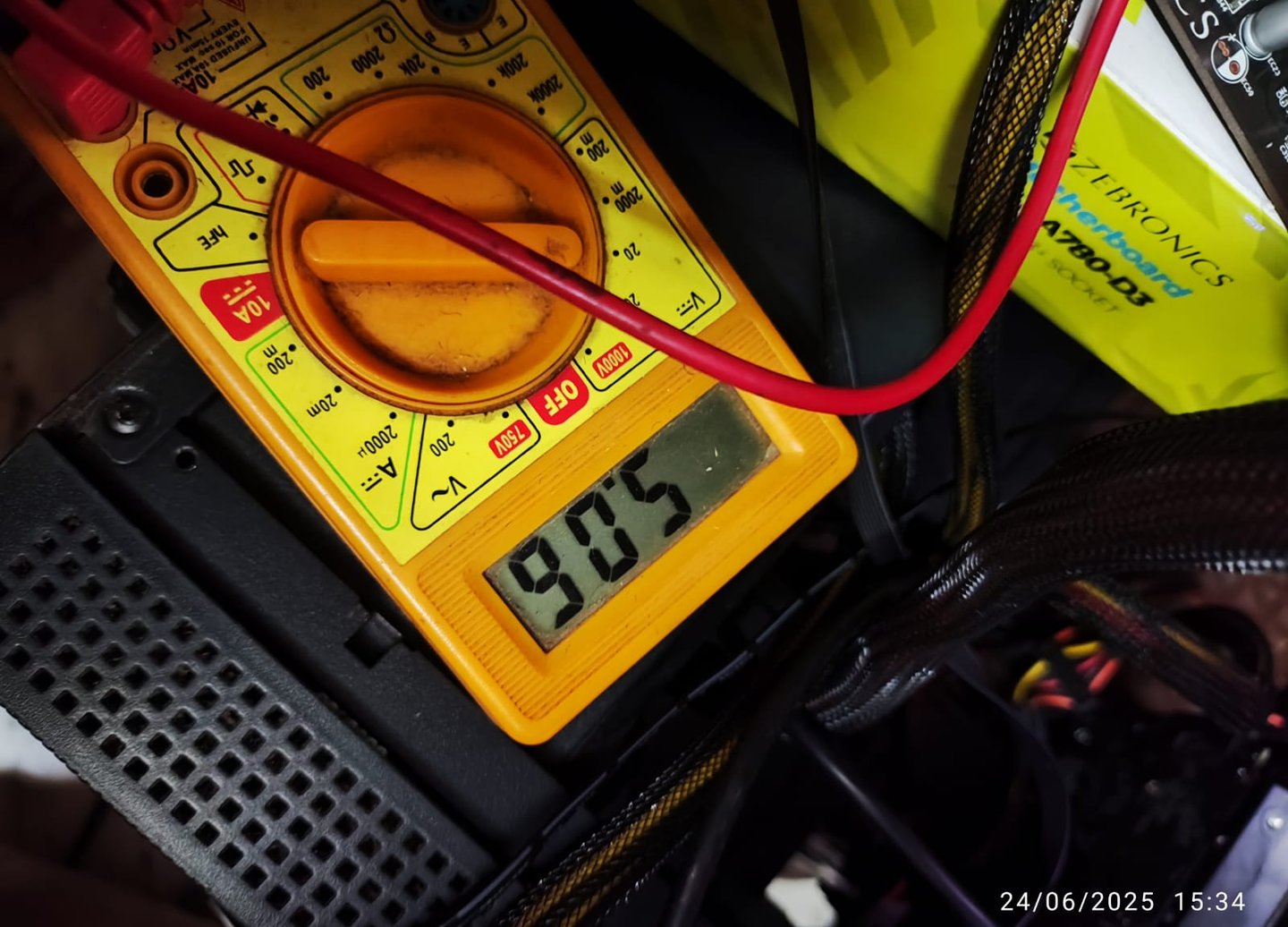Dr V. W. Verlekar
Resurrection of a Dead CPU: A Real-World Case Study
This case study documents the successful revival of an AMD CPU suspected to be dead due to a Vcore short, diagnosed and restored using multimeter diagnostics and thermal reflow techniques. It highlights a methodical approach to PC hardware fault isolation and recovery strategies.
MACHINE LEARNINGCOMPUTER SCIENCE
Dr Vibhav Verlekar
6/26/20252 min read


Background
The system was a desktop PC featuring a Zebronics Zeb-A780D3 motherboard and an AMD FX 8300 CPU. The PC had been working perfectly until one day, it suddenly failed to boot.
Symptoms included:
- No display output
- No keyboard or mouse power
- CPU fan spinning but system not POSTing
- Power button not responding to force shut-down
Initial Diagnosis
The user performed the following checks:
- Reset CMOS battery
- Cleaned RAM and verified PSU
Still, the PC remained non-functional. A multimeter was used to test key voltage rails:
| Test Point | Voltage | Expected | Status |
| +5VSB (Pin 9) | 5.02V | ~5V | OK |
| Power Good (Pin 8)| 4.8V | ~5V | OK |
| CPU Vcore | 0.00V | 0.9-1.4V | FAIL |
| RAM Power (VDDR) | 1.5V | ~1.5V | OK |
| USB 5V | 0.00V | 5V | FAIL |






Continuity Test Findings
- VRM MOSFETs: No shorts detected (Drain-Source = open)
- Capacitors near R80 (CPU VRM): Short to ground only when CPU was installed
- Without CPU installed: No shorts detected
Conclusion: CPU internally shorted - most likely a Vcore plane oxide bridge.
Revival Attempt: Thermal Oxide Short Dissolution
Method Used: Hot Air Trick
Steps:
1. Removed CPU from socket
2. Cleaned thermal paste
3. Applied hot air from a heating fan element to CPU heat spreader for ~4 minutes
4. Let it cool naturally for 10+ minutes
5. Reinstalled CPU with fresh thermal paste
Result
Upon powering on:
- CPU fan spun continuously
- Display output restored
- Keyboard and mouse lights turned on
- BIOS screen appeared
PC successfully booted and is fully operational.
Conclusion & Learnings
- Internal CPU shorts (particularly oxide layer bridges) can sometimes be cleared with controlled heat.
- Multimeter diagnosis and methodical voltage testing are invaluable.
- Thermal reflow methods can give temporary or even permanent fixes.
Recommendations
- Monitor system thermals and avoid stress-testing
Acknowledgements
Thanks to ai and my brother for diagnostic guidance, voltage mapping, and revival methodology support.
Status: System stable and in use as of June 2025.
End of Case Study
Thermal Reflow Technique
With a clear understanding of the fault, we proceeded to use the thermal reflow technique to address the vcore short. This method involves heating specific components to a temperature that re-melts solder joints, allowing for a potential reconnection of electrical pathways that might have been disrupted. Utilizing a heat gun, we carefully applied heat to the affected area while continually monitoring the temperature to avoid overheating.
This repair attempt reinforced the idea that resilient troubleshooting methods can lead to successful recovery outcomes. Following the thermal reflow, we allowed the CPU to cool down gradually before testing it in the motherboard. Remarkably, the CPU powered up successfully, indicating that our methodical approach had paid off.

